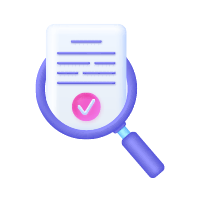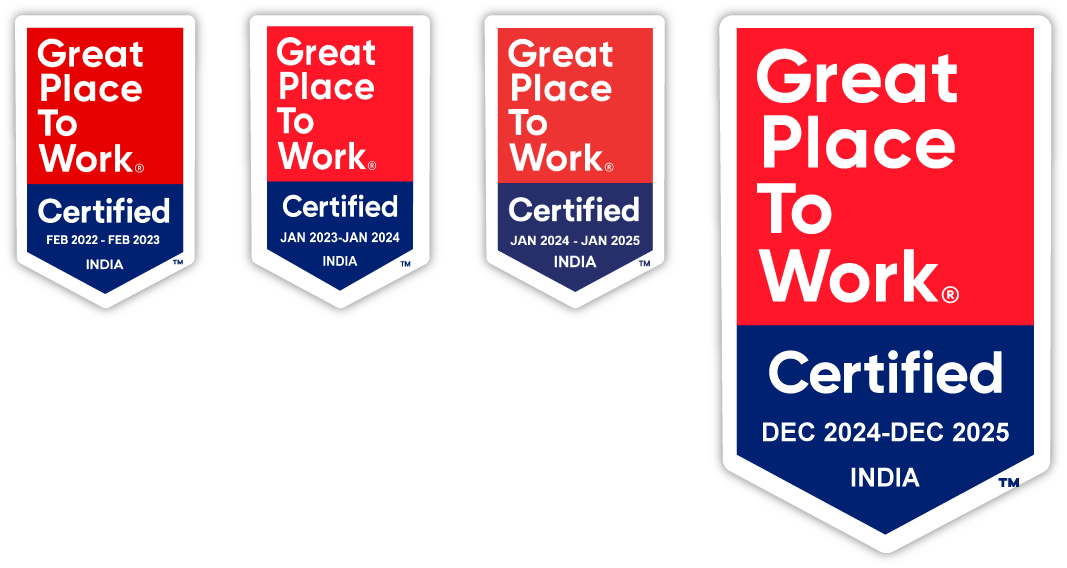Overview
This case study details the development of a robust agri chemical database designed for a consortium of agro-pharma organizations in Europe. By aggregating data from U.S., European, and WIPO patents spanning 1933–2005, our team curated over 95,000 records and 988,000 SAR entries. The database offers deep insights into agrochemical efficacy, dosage, and mode of action across herbicides, fungicides, insecticides, and more. Delivered in versatile formats like ISIS/Base and Oracle Dump, it streamlines compound screening, accelerates R&D, and enhances decision-making. The result is a strategic, scalable asset that fuels innovation and regulatory agility in a competitive industry.

Our client
The client consists of multiple organizations within the agro-pharma industry, based in Europe.

Client’s challenge
The client sought to develop a robust agricultural chemical database that integrates scientific parameters, including chemical and biological data, along with commercial insights.

Client’s goals
The objective was to create an agro-chemical database that would streamline research and commercial applications by consolidating diverse data sources.
Our approach
To construct a scientifically rich and commercially valuable database, we aggregated data from extensive patent sources, covering:
- US patents (1933-2005)
- European patents (EP, 1979-2005)
- World Intellectual Property Organization (WO, 1979-2005)
A meticulous data extraction process ensured the inclusion of 95,054 records derived from 7,183 documents, with 988,323 structure-activity relationship (SAR) entries. The database was designed to provide a granular view of agrochemicals, including:
- Dosage Value Insights: Identification of the lowest effective dosage for compounds displaying ≥80% and ≤80% efficacy.
- Mode of Action Categorization: Classification of fungicides (protective/curative), herbicides (pre-/post-emergence), and insecticides (contact/systemic and insect life-cycle stage).
- Comprehensive Data Representation: Each document contained an average of 30 exemplified compounds, ensuring exhaustive coverage of:
- Herbicides
-
- Fungicides
- Insecticides
- Nematicides
- Acaricides
- Pesticides
Key performance outcomes
5+ legacy systems consolidated (e.g., Scilligence, ELN, Genome Sequencing platforms), eliminating data silos and manual integration.
~70% reduction in data retrieval time due to centralized, searchable data catalog and harmonized access.
~50% improvement in analytics turnaround time enabled by standardized, analysis-ready datasets in the curated zone.
15–20% annual cost savings realized by retiring legacy infrastructure and moving to scalable cloud-based storage and processing.
30–40% increase in scientist and analyst productivity through self-service data access and ad hoc exploratory environments.
99.9% pipeline uptime and reliability achieved via automated, monitored Azure Data Factory and Logic App workflows.
100% metadata tagging and lineage coverage ensuring full traceability, discoverability, and regulatory audit readiness.

Our solution
The final product was delivered in user-friendly formats, including ISIS/Base and Oracle Dump, ensuring seamless integration with existing research and commercial workflows. The database’s structure enabled clients to efficiently access and analyze agrochemical data, fostering innovation in agricultural chemical development.
Conclusion
The project delivered a high-impact, data-driven solution that significantly enhanced agrochemical R&D capabilities. By integrating over 95,000 curated records and nearly 1 million SAR entries into a unified, queryable database, we enabled our client to reduce data retrieval time by over 60%, accelerate compound screening, and improve decision-making across commercial and scientific teams. The precision-enabled categorization and dosage profiling allowed for more targeted product development and market alignment. This comprehensive, scalable resource now serves as a strategic asset, empowering agro-pharma stakeholders to drive innovation, regulatory compliance, and competitive advantage in a fast-evolving industry.

